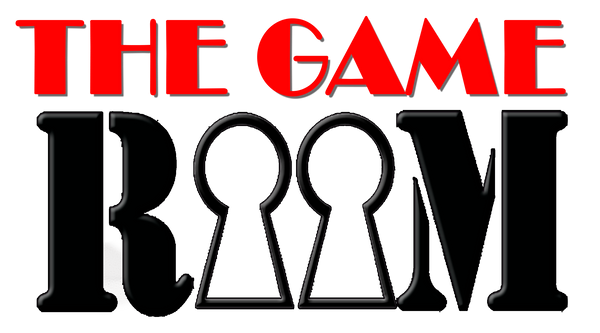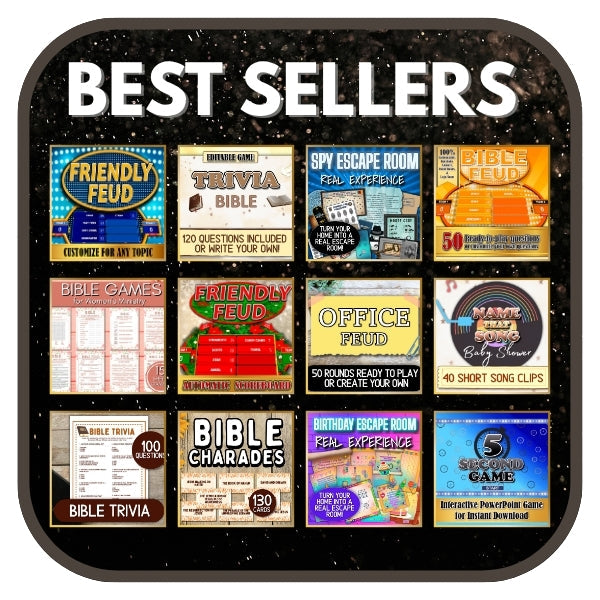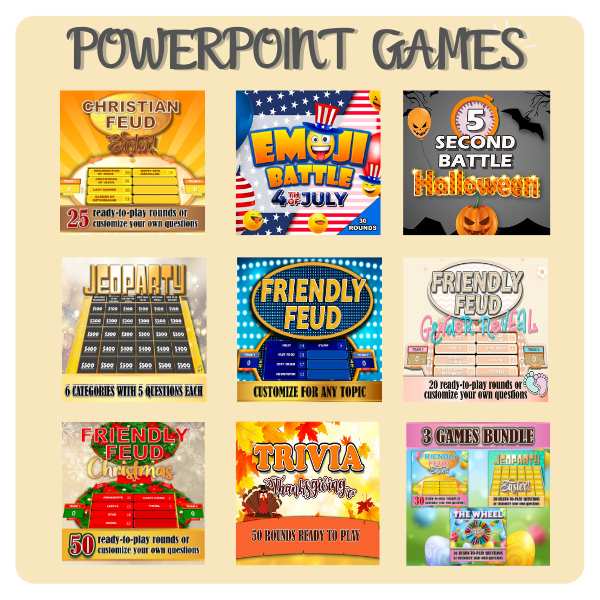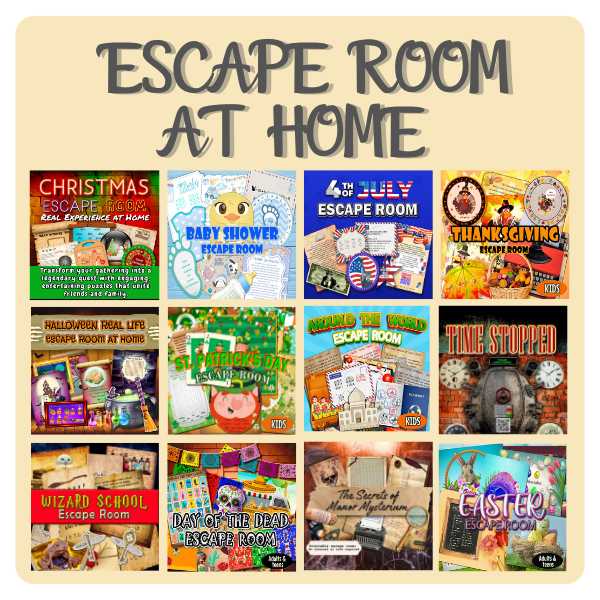How to Create a Real Escape Room Experience
1. Choose a Theme and Create a Story
Start by picking a theme you love. Here are some Escape Room Theme ideas: Spy mission, Bomb threat, Secret lab, Wizard’s quest, Time traveller adventure, Christmas escape, Office challenge, Baby-shower breakout, Horror escape, and more. Then build a story where players must complete a mission within an hour. Explore our ready-to-print escape-room kits for inspiration.
2. Select the Location
Choose the place where the game will be played. It is recommended to have some furniture in the area to hide game objects.
3. Choosing Materials for the Game
To create a Real Experience Escape Room, you always need boxes and locks. However, obtaining these items can be easier and cost-effective. For example, you can use bottles, cardboard boxes, paper envelopes, etc. See the examples below:

Another alternative to traditional padlocks are QR padlocks, which can be used to save money on traditional locks. See the examples for the Real Experience Escape Room games that I sell:
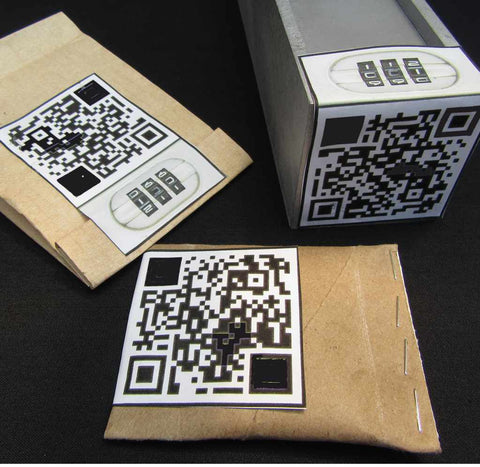
4. Plan the Decorations and Hiding Spots
Think about the decorations and objects you can use to hide the puzzles. You do not need to buy new materials; use what you have at home like clothes, shoes, books, trash cans, carpets, etc. For a Laboratory theme, you might print Biohazard ribbons, labels, and danger signs:
5. Create the Puzzles
Making the puzzles is often the most complex part of creating an escape room game. Use your imagination to incorporate secret codes and puzzle pieces that reveal a code upon completion. Make sure the puzzles match the desired age and difficulty level. Check some free puzzles.
6. Organize the Game Flow
Create a chronological structure of how clues should be found and boxes opened sequentially until the final clue is revealed within the mystery's solution.
7. Final Touches
FAQs: Escape Room at Home
1. How do I choose a theme and create a story for my escape room?
Start by selecting a theme you like, such as Spy, Bomb, Lab, Wizard, etc. Then, create a story where participants have to accomplish a mission in less than an hour. The theme and story should be engaging and immersive to enhance the overall experience.
2. Where should I set up my escape room?
Choose a location where the game will be played. It's recommended to have some furniture in the area to hide game objects. This could be a living room, basement, or any space with enough room to move around and explore.
3. What materials do I need for the game?
To create a real experience escape room, you need boxes and locks. You can use everyday items like bottles, cardboard boxes, paper envelopes, etc. For cost-effective alternatives to traditional padlocks, consider using QR padlocks. Here are some examples:
Box examples for escape rooms


4. How should I plan the decorations and hiding spots?
Think about decorations and objects you can use to hide the puzzles. Use items you already have at home like clothes, shoes, books, trash cans, carpets, etc. For a laboratory theme, you might print Biohazard ribbons, labels, and danger signs. Here’s an example:
Escape room at home example

5. How do I create the puzzles?
Creating the puzzles is often the most complex part of setting up an escape room. Use your imagination to incorporate secret codes and puzzle pieces that reveal a code upon completion. Ensure the puzzles match the desired age and difficulty level. You can find free puzzle examples.
6. How do I organize the game flow?
Create a chronological structure of how clues should be found and boxes opened sequentially. This ensures that participants progress logically through the game until they reveal the final clue and solve the mystery.
7. What are some final touches to enhance the escape room experience?
Once everything is set up, choose some music that fits the theme to enhance the atmosphere. Make sure everything is in place, and you’re ready to enjoy the game!
8. Where can I find inspiration for my escape room?
Explore our diverse range of escape rooms for inspiration. Click HERE to discover more!
Once everything is set up, choose some music that fits the theme to enhance the atmosphere, and get ready to enjoy!
Explore our diverse range of escape rooms for inspiration. Click HERE to discover more!
